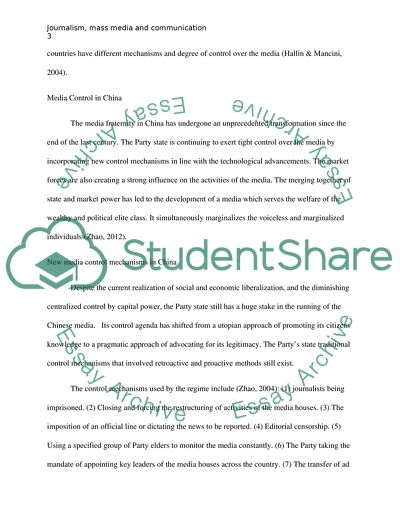Cite this document
(Comparing the State Intervention of the Media System between China and India Report Example | Topics and Well Written Essays - 1500 words, n.d.)
Comparing the State Intervention of the Media System between China and India Report Example | Topics and Well Written Essays - 1500 words. https://studentshare.org/media/1819238-comparing-the-state-intervention-of-the-media-system-between-china-and-india
Comparing the State Intervention of the Media System between China and India Report Example | Topics and Well Written Essays - 1500 words. https://studentshare.org/media/1819238-comparing-the-state-intervention-of-the-media-system-between-china-and-india
(Comparing the State Intervention of the Media System Between China and India Report Example | Topics and Well Written Essays - 1500 Words)
Comparing the State Intervention of the Media System Between China and India Report Example | Topics and Well Written Essays - 1500 Words. https://studentshare.org/media/1819238-comparing-the-state-intervention-of-the-media-system-between-china-and-india.
Comparing the State Intervention of the Media System Between China and India Report Example | Topics and Well Written Essays - 1500 Words. https://studentshare.org/media/1819238-comparing-the-state-intervention-of-the-media-system-between-china-and-india.
“Comparing the State Intervention of the Media System Between China and India Report Example | Topics and Well Written Essays - 1500 Words”. https://studentshare.org/media/1819238-comparing-the-state-intervention-of-the-media-system-between-china-and-india.


